In many Arab nations, men's traditional thawbs (thobes or tobes) symbolise their cultural identity and ancestry. With an incredible variety, the debate on Kuwaiti thobe vs Emirati thobes raises interest. Both are well-known throughout the Gulf.
Kuwaiti thobe and Emirati thobes have distinctive traits that represent the culture of Kuwait and the UAE, respectively.
Understanding the subtleties of these clothes provides insight into the country's rich traditions and changing trends.
Historical Significance and Cultural Context
In the UAE, the tobe is referred to as a kandura. It has long been a mainstay of Emirati clothing. Thawbs are more than just a piece of clothing. They symbolise social standing, cultural pride, and national identity.
In the past, such robes were made to be modestly compliant with Islamic law and to offer comfort in severe desert conditions.
Design and Fabric
Kuwaiti tobes are well known for their grace and simplicity. They are usually made of premium cotton or linen and are designed to be as comfortable as possible in Kuwait's hot weather.
White is typically the most prevalent colour. However, beige and grey tones are also frequently used. The colours are generally subdued. The 'tassel' or 'tarboosh' is sewn to the neckline of Kuwaiti tobes. It is a distinctive element that lends an air of refinement.
Conversely, Emirati kanduras frequently have more ornate patterns and a wider variety of hues. White is the most worn hue, particularly for formal events. However, Emirati men dress in darker tones like brown, grey, and blue.
While there are various options for fabric, many choose combinations of polyester and cotton that are easy to maintain and long-lasting. The embroidery provides a touch of luxury around the neck and cuffs. It is a distinctive feature of the kanduras.
Tailoring and Fit
One main characteristic that sets Kuwaiti thobe vs Emirati thobes apart is their tailoring.
Kuwaiti tobes are more fitting, indicating a desire for a streamlined, elegant look. The cut is made to allow for flexibility of movement and drape beautifully, in keeping with Kuwait's taste for subtle beauty.
Conversely, kanduras often have a looser, more flowing fit. This design fits with the UAE's taste for grandeur while still being comfortable in the humid environment. The delicate stitching and embroidery heighten the garment's visual appeal while balancing its loose fit.
Modern Trends and Adaptations
Though modern influences have brought about modest alterations, tradition still forms the basis of thobe design.
Younger generations in Kuwait are fusing modern and traditional fashion sensibilities by introducing characteristics of the present, like smaller fits and minimalistic designs.
The blending of traditional and modern forms is especially noticeable in the United Arab Emirates. Designers use materials, hues, and accents to produce clothing that satisfies regional and global design trends. Dubai's elite fashion firms have embraced the kandura, styling it as an adaptable outfit for various events.
The Bottom Line
The cultural fabric of the Arabian Peninsula is diverse, as seen by the contrast between Kuwaiti thobe vs Emirati thobes. Their diverse elements represent Kuwait's and the UAE's identities, even though both outfits are symbols of rich legacy and tradition.
Al-Haq Thobes Shop’s collection represents the historical and vibrant future of Gulf design, continuing to change via the Emirati kandura's intricate complexity or the Kuwaiti thobe's subtle grace!
